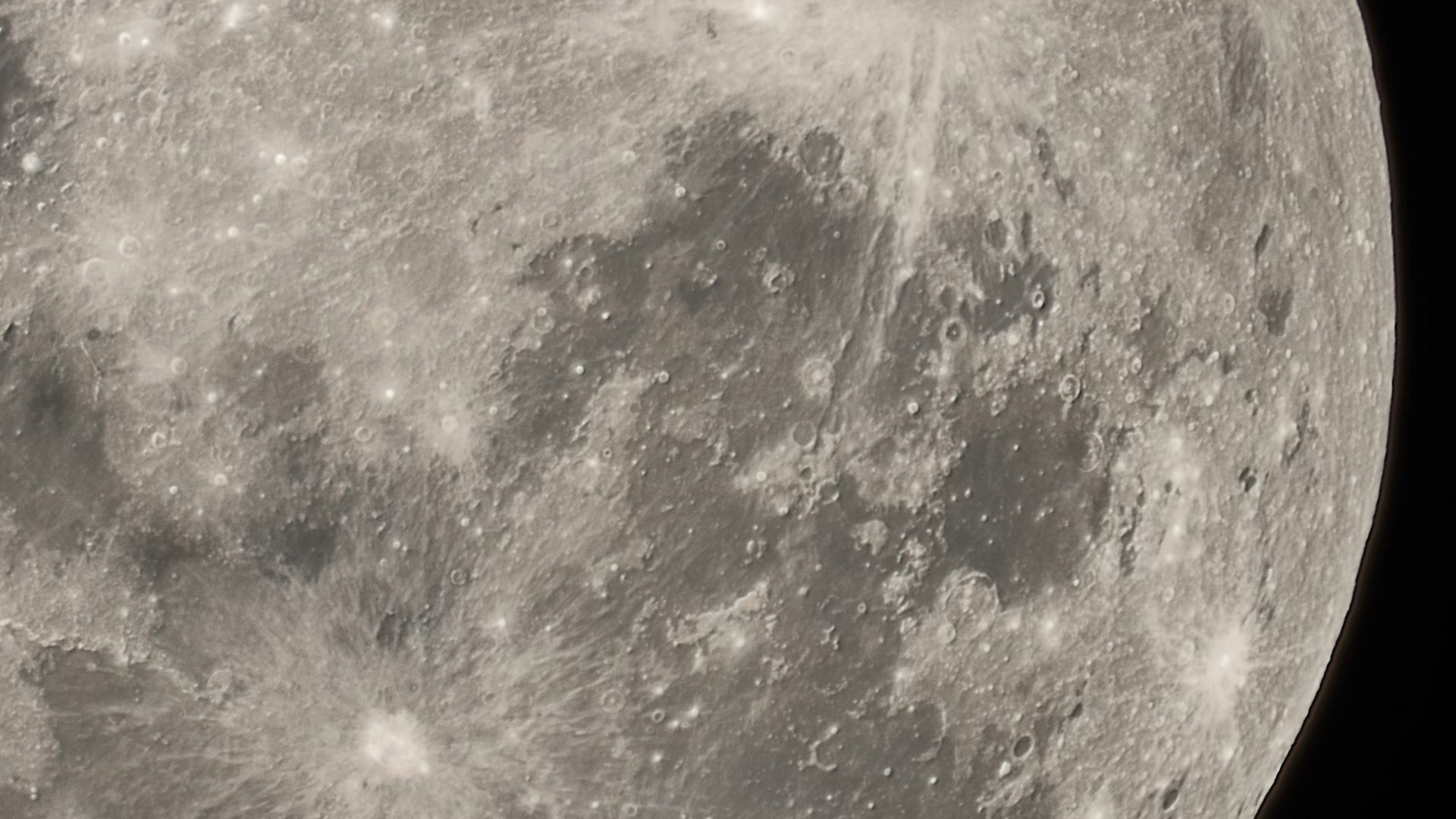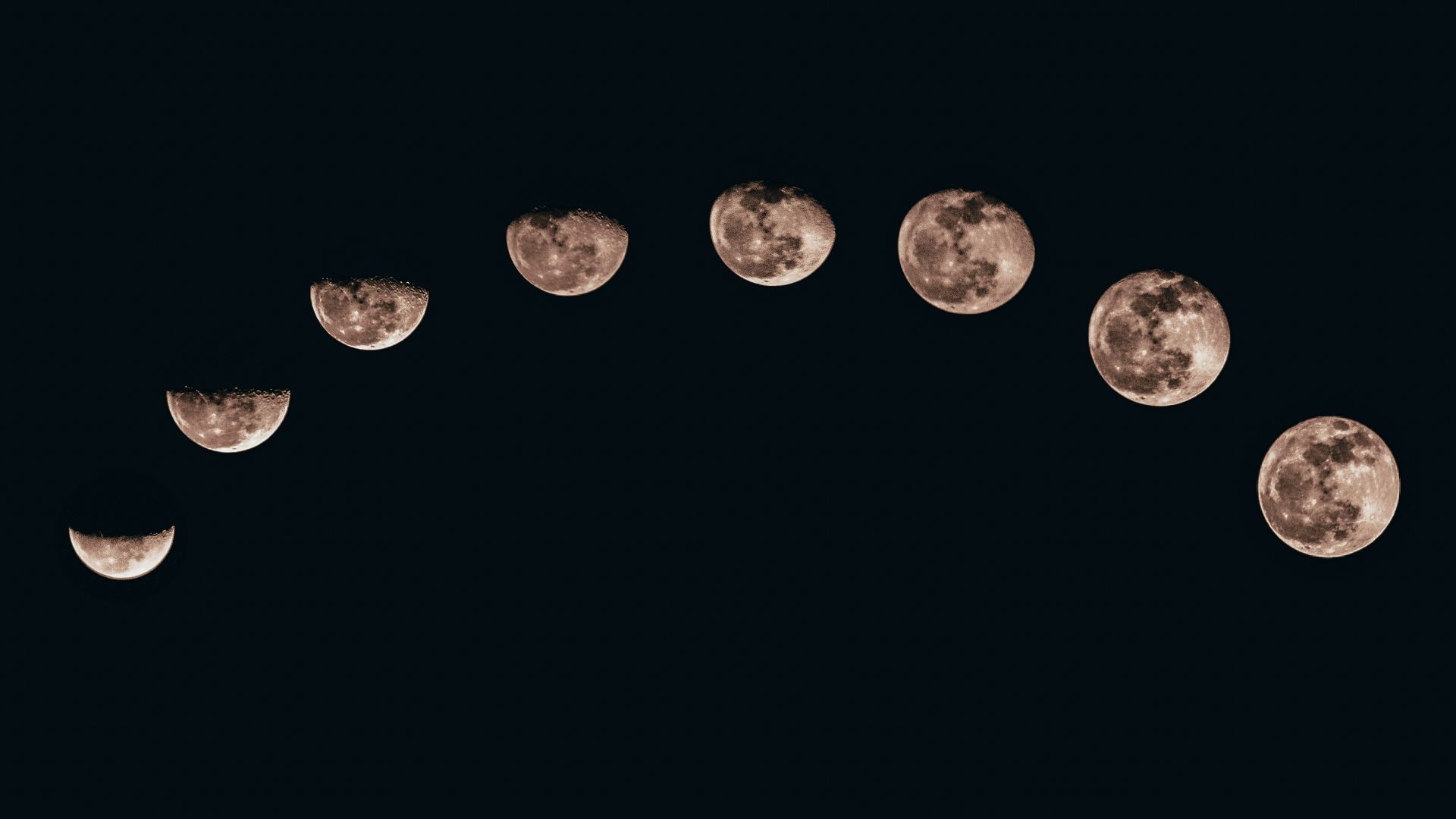‘Hidden’ Structures Found on Far Side of the Moon
For centuries, the Moon has captivated human imagination with its enigmatic presence.
Despite numerous missions and extensive research, many of its secrets remain veiled beneath its surface.
Chang'e-4 Reveals Hidden Lunar Structures
Recent findings from China’s Chang’e-4 mission have unveiled previously hidden structures on the Moon’s far side, revealing billions of years of geological history and offering fresh insights into its formation and evolution.

Source: Freepik
Launched in 2018 by the Chinese National Space Administration (CNSA), the Chang’e-4 lander became the first spacecraft to touch down on the far side of the Moon.
Study Maps Moon’s Subsurface
This groundbreaking mission has been capturing remarkable images of impact craters and collecting mineral samples, providing unprecedented insights into the Moon’s subsurface structures.

Source: Wikimedia
In 2019, the Yutu-2 rover, a component of the Chang’e-4 mission, began using Lunar Penetrating Radar (LPR) to map the upper 1,000 feet (300 meters) of the lunar surface in greater detail than ever before.
What’s on the Far Side of the Moon?
The Chang’e-4 mission’s findings, recently published in the Journal of Geophysical Research: Planets, reveal that the top 130 feet (40 meters) of the Moon’s far side consist of multiple layers of dust, soil, and fragmented rocks.

Source: Heritage Space/Heritage Images/Getty Images
Hidden within these layers is a crater formed by a significant impact event. Lead study author Jianqing Feng noted that the debris surrounding this formation is likely ejecta from the impact.
Ancient Lunar Lava Layers Indicating Volcanic History
Below these surface layers, scientists identified five distinct layers of lunar lava that spread across the landscape billions of years ago.

Source: Wikimedia
These findings point to a dynamic volcanic history, with the Moon’s mantle containing pockets of molten magma that erupted through surface cracks created by space debris impacts.
Moon Formed from Debris of Earth-Collision
The Moon is believed to have formed around 4.51 billion years ago following a massive collision between a Mars-sized object and the early Earth, a theory known as the Giant Impact Hypothesis.

Source: Wikimedia
This event would have ejected a substantial amount of debris into space, which eventually coalesced to form the Moon.
200 Million Years of Meteoroid Bombardment
For approximately 200 million years, both the near and far sides of the Moon continued to be bombarded by meteoroids, creating surface cracks and allowing magma from its mantle to seep through in volcanic eruptions.

Source: Michael/Unsplash
New data from Chang’e-4 indicates a gradual decline in volcanic activity over time.
Moon's Cooling and Declining Volcanic Activity
The volcanic rock layers become thinner closer to the surface, suggesting that the Moon was slowly cooling and its volcanic activity diminishing. “The Moon was slowly cooling down and running out of steam in its later volcanic stage,” Feng observed.

Source: Ganapathy Kumar/Unsplash
This implies that volcanic activity on the Moon ceased between 1 billion and 100 million years ago, leaving it as a largely “geologically dead” body.
Potential Buried Structures in Moon's Crust
The data collected by Chang’e-4 and Yutu-2’s LPR have revealed potential buried structures within the Moon’s crust.

Source: Wikimedia
These structures, detected at depths previously unreachable by other ground-penetrating technologies, could offer further clues about the Moon’s geological past.
Residual Magma Detected
The findings suggest the possibility of residual magma deep beneath the lunar surface, indicating that the Moon may not be entirely geologically inactive.

Source: Freepik
The Chang’e-4 mission continues its efforts to map the far side of the Moon’s subsurface, aiming to uncover more hidden structures and provide deeper insights into the Moon’s composition and history.
More Discoveries Await
Feng and his team hope to reveal more unexpected geological formations as they continue their groundbreaking research.

Source: Sanni Sahil/Unsplash
The discoveries made by China’s Chang’e-4 mission have significantly advanced our understanding of the Moon’s geological history.
Chang'e-4 Unlocks Lunar Secrets
By unveiling previously hidden structures and providing detailed maps of the lunar subsurface, the mission has opened new avenues for future exploration and study.

Source: Wikimedia
These findings not only enhance our knowledge of the Moon’s formation and evolution but also pave the way for further scientific breakthroughs in lunar research. The far side of the Moon still holds many secrets, awaiting discovery by the next generation of explorers and scientists.
